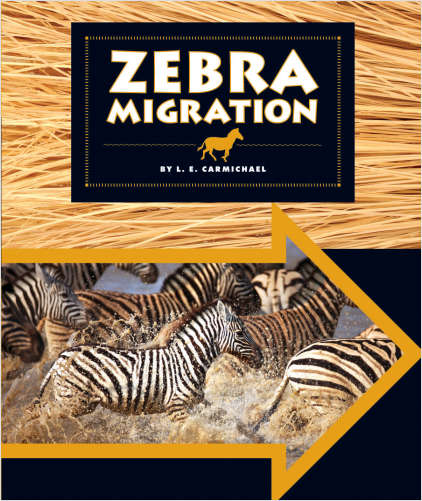How did a history and art history graduate end up writing about science? I blame it on Dr. David Suzuki. Specifically, I blame it on a 30-year-old episode of the radio program Quirks and Quarks, which Suzuki hosted, and on a talk he gave to a group of booksellers some 25 years ago. In both cases, the stories he told lodged themselves in a corner of my mind and slowly, slowly pushed science to the forefront of my interests.
 The Quirks and Quarks episode was a presentation of ordinary citizens grappling with a new aspect of science in an extraordinarily thoughtful way. It showed a community somewhere in New England faced with a proposal for a laboratory examining recombinant DNA. Back then, for the ordinary layperson, recombinant DNA was the stuff of science fiction or nightmares or both. As I recall, Quirks and Quarks broadcast parts of the public hearings over at least two episodes, devoting hours to the topic with very little editorial comment. We simply heard ordinary people informing themselves, working through questions and coming up with their conclusions. The lab was allowed.
The Quirks and Quarks episode was a presentation of ordinary citizens grappling with a new aspect of science in an extraordinarily thoughtful way. It showed a community somewhere in New England faced with a proposal for a laboratory examining recombinant DNA. Back then, for the ordinary layperson, recombinant DNA was the stuff of science fiction or nightmares or both. As I recall, Quirks and Quarks broadcast parts of the public hearings over at least two episodes, devoting hours to the topic with very little editorial comment. We simply heard ordinary people informing themselves, working through questions and coming up with their conclusions. The lab was allowed.When David Suzuki spoke to the booksellers a few years later, he began by discussing the all-too-common idea that science doesn’t have anything to do with one’s day-to-day life. Intellectually, I agreed with Suzuki that this idea was wrong, but, frankly, science didn’t seem to have much to do with my day-to-day life either.
Suzuki pointed out that, when he was a child, he wasn’t allowed to go to the movies or the swimming pool because of polio scares. As someone who had measles before there was a vaccine and who had seen the results of childhood polio in 1980s Africa, his statement hit home for me. He detailed other ways that science had changed his and everyone’s lives, but what I remember was the vaccines – the very ordinary way that children’s lives have been changed in ways today’s kids can scarcely imagine.
Over the years, I have recalled and reflected on the stories Suzuki told, as I gradually became more interested in writing about STEM topics. These two episodes showed both the ways in which ordinary people’s lives can be affected by science and the way ordinary laypeople can grasp and make intelligent decisions about science.
So I write about STEM subjects, not just for the budding scientist, but for the kids who will grow up to be historians or artists or school principals or lawmakers – all of whom will need to understand and make intelligent decisions about the wonderful science around us.
Gillian O’Reilly is the co-author with Cora Lee of The Great Number Rumble, Revised and Updated: A Story of Math in Surprising Places (Annick Press, 2016), illustrated by Lil Crump.


















 by
by